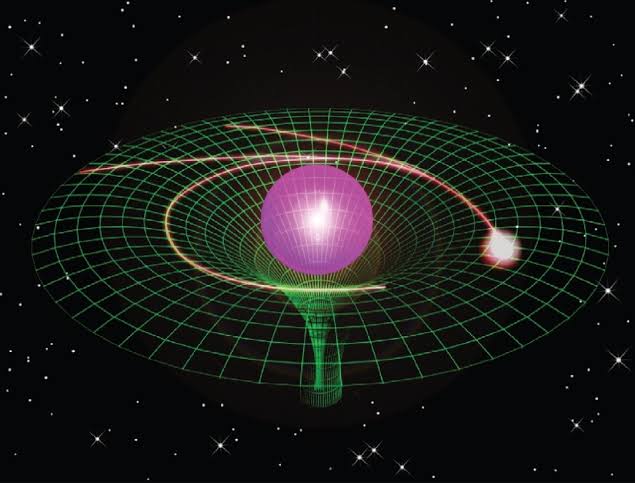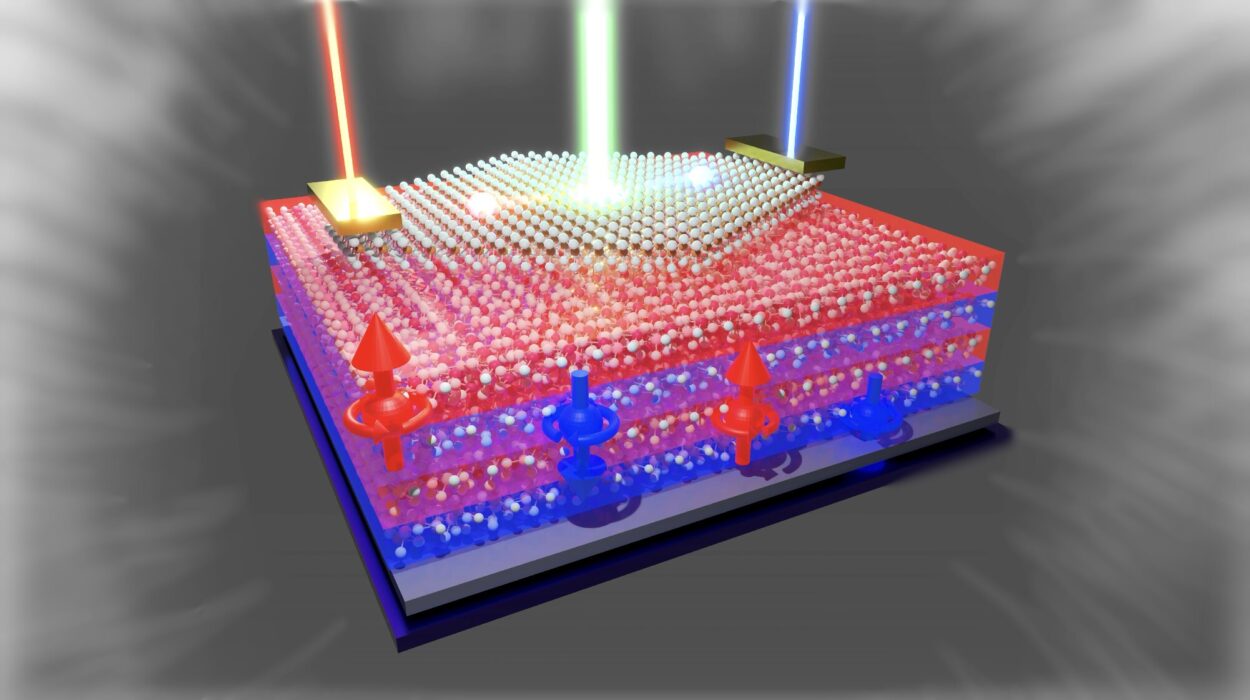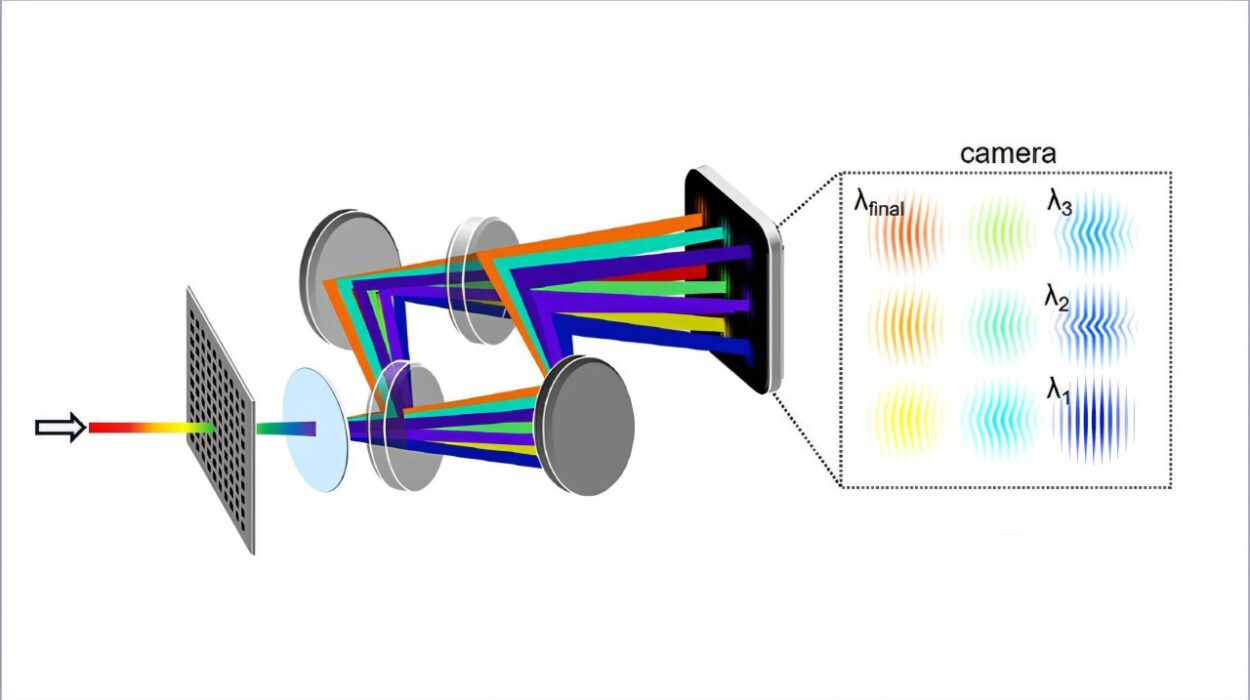For centuries, humans have pondered the nature of space and time. Ancient philosophers treated space and time as separate, independent entities. Space was seen as the vast, empty stage where events unfolded — a seemingly infinite three-dimensional container holding everything within. Time, on the other hand, was a flowing river, an ever-moving arrow marching steadily forward.
Isaac Newton, the towering figure of classical physics, codified this intuitive notion in the 17th century. Newton’s universe was one where space was absolute — a fixed, unchanging grid, unmoved by anything happening inside it — and time was absolute as well, flowing uniformly everywhere. Events happened in this grand cosmic theater, each with coordinates in space and moments in time, but space and time themselves remained distinct and immutable backdrops.
This understanding worked brilliantly for centuries. It was the foundation of classical mechanics, the laws that explained everything from falling apples to planetary orbits. Yet, as the 19th century turned into the 20th, cracks began to show in this worldview. New discoveries in electromagnetism and the strange behavior of light hinted that the classical concepts of space and time might need a radical rethink.
Enter Einstein and the Birth of Spacetime
Albert Einstein, through his groundbreaking work on relativity, dramatically changed our understanding of space and time. The key insight he brought was that space and time are not separate entities but woven together into a single four-dimensional fabric called spacetime.
In Einstein’s framework, space and time lose their independent, absolute meanings. Instead, what one observer calls “space” and “time” can change depending on their motion relative to what they observe. This was an astonishing departure from the Newtonian picture. Events that seem simultaneous to one observer might not be so for another moving at a different speed.
Einstein’s Special Theory of Relativity, published in 1905, first introduced the idea that time and space are interconnected. Then, ten years later, his General Theory of Relativity revealed that spacetime itself is curved by mass and energy, bending and warping like a trampoline dipped under the weight of a heavy ball. This curvature is what we experience as gravity.
To understand spacetime is to grasp that reality is fundamentally four-dimensional: three dimensions of space plus one dimension of time, all interlaced.
Visualizing Spacetime: Beyond Our Three-Dimensional Intuition
One of the greatest challenges in grasping spacetime is that we live in a world of three spatial dimensions and perceive time as a separate flow. Imagining four dimensions can feel impossible, yet physicists have developed intuitive ways to think about it.
Imagine a line representing time. Now, at every point along this line, there is a three-dimensional space. Combining these, you get a “stack” of 3D spaces—one for each moment in time. This creates a four-dimensional “block” where all moments, past, present, and future, coexist as parts of a larger structure.
Another common analogy is the fabric analogy used to describe gravity in General Relativity. Picture a stretched rubber sheet. Place a heavy ball on it, and the sheet curves downward. Smaller balls nearby roll toward the heavy ball, not because they’re pulled by some mysterious force, but because the fabric itself is bent, guiding their paths. This bending of spacetime explains why planets orbit stars and why light bends near massive objects.
While these analogies are helpful, it’s important to remember they are just that—simplifications. Spacetime curvature doesn’t happen in a higher “space” around us; it’s intrinsic, a fundamental property of the universe.
The Mathematics of Spacetime: Minkowski and Beyond
The mathematical language describing spacetime was formalized by Hermann Minkowski, a former teacher of Einstein, who realized that Special Relativity could be expressed elegantly in four-dimensional geometry. Minkowski introduced what’s now called Minkowski spacetime, combining space and time into a unified framework.
Unlike ordinary three-dimensional geometry, Minkowski spacetime includes a critical difference in how time and space intervals are measured. Time contributes with a negative sign in the spacetime interval, a quantity that remains invariant for all observers, no matter their motion. This invariant interval replaces the separate notions of distance and time duration with a single spacetime distance, blending space and time into a single measure.
Minkowski’s formulation showed that events are points in this four-dimensional spacetime, and their relationships are described by this spacetime interval. This was a crucial step in deepening the understanding of how time dilation, length contraction, and simultaneity operate.
The mathematics of General Relativity extends this further, using the language of differential geometry. Here, spacetime is represented as a curved manifold, with curvature determined by the distribution of mass-energy through Einstein’s field equations. These equations relate the geometry of spacetime to the energy and momentum contained within it, creating a dynamic picture of a universe where matter tells spacetime how to curve, and spacetime tells matter how to move.
The Nature of Time in Spacetime
One of the most profound consequences of the spacetime concept is the new understanding of time itself. In the classical worldview, time was absolute and flowed at the same rate for all observers, like a universal clock ticking uniformly.
But Special Relativity shattered this idea. Time became relative, depending on the observer’s velocity. Moving clocks run slower when seen from a stationary frame—a phenomenon called time dilation. This isn’t just theoretical; it’s been confirmed experimentally with atomic clocks flown on airplanes and satellites.
Moreover, the relativity of simultaneity means that two events that seem simultaneous to one observer may occur at different times for another. This undermines the idea of a universal “now” and reshapes how we think about cause and effect and the sequence of events.
In General Relativity, time becomes even more flexible. Clocks run at different rates depending on the gravitational field they experience—stronger gravity slows down time, an effect called gravitational time dilation. This has real-world implications, such as the need to correct GPS satellite clocks for both velocity-based and gravitational time dilations to provide accurate positioning.
Spacetime and the Universe: From Black Holes to Cosmology
Spacetime’s fabric is not just a theoretical construct but the stage for some of the universe’s most fascinating phenomena. Black holes, for instance, are regions where spacetime is curved so intensely that not even light can escape. At their centers lies a singularity, a point where our current understanding of physics breaks down, and spacetime curvature becomes infinite.
The warping of spacetime around black holes creates event horizons—the boundaries beyond which events cannot influence an outside observer. Studying black holes helps physicists probe the nature of spacetime under extreme conditions and pushes the boundaries of General Relativity and quantum mechanics.
On the cosmological scale, spacetime is dynamic and evolving. The universe is expanding, and spacetime itself stretches, carrying galaxies apart. Einstein’s equations predict this expansion and allow cosmologists to model the origin and fate of the universe. The Big Bang theory describes the beginning of spacetime as a hot, dense state expanding and cooling over billions of years, shaping the cosmic landscape.
The study of spacetime in cosmology also introduces fascinating concepts like cosmic inflation, the idea that spacetime underwent an extremely rapid expansion in its earliest moments, smoothing out irregularities and seeding the large-scale structure of the universe we see today.
Quantum Mechanics Meets Spacetime: The Search for Quantum Gravity
While General Relativity paints a detailed picture of gravity as curved spacetime, quantum mechanics governs the behavior of particles and forces at the smallest scales. Yet, merging these two pillars into a consistent theory remains one of physics’ greatest challenges.
Spacetime, in quantum theory, is expected to have a discrete or “quantized” nature at the tiniest scales—the Planck scale, around 10^-35 meters. This is unimaginably small, far beyond the reach of current experiments. The smooth fabric of General Relativity may break down into a frothy, fluctuating quantum foam.
Theories such as string theory and loop quantum gravity attempt to describe this quantum nature of spacetime. String theory posits that fundamental particles are tiny vibrating strings embedded in higher-dimensional spacetimes, while loop quantum gravity suggests that spacetime itself has a granular structure.
These approaches strive to unify gravity with the other fundamental forces and provide insight into phenomena like black hole singularities and the earliest moments of the Big Bang.
Philosophical Implications: What Does Spacetime Tell Us About Reality?
Spacetime reshapes not only physics but also our philosophical understanding of reality. If past, present, and future coexist in a four-dimensional block universe, what does this mean for free will, causality, and the flow of time?
The block universe view implies that time is another dimension like space, and the passage of time is an illusion of human consciousness. This challenges the everyday experience of time flowing and raises questions about determinism and the nature of existence.
Other interpretations of spacetime and time’s flow, like the growing block universe or presentism, propose alternative views but face difficulties reconciling with relativity.
Spacetime also connects to metaphysical debates about whether space and time are fundamental aspects of reality or emergent phenomena arising from deeper, unknown principles.
Spacetime in Popular Culture and Everyday Life
Though spacetime may seem abstract and remote, it has permeated popular culture and everyday technology. Movies like Interstellar visualize black holes and gravitational time dilation, making complex concepts accessible and emotionally resonant.
In practical terms, understanding spacetime affects GPS navigation, telecommunications, and even the synchronization of power grids. The precise timing corrections required for satellite positioning systems directly rely on relativistic spacetime principles.
The idea of spacetime also inspires art, literature, and philosophy, influencing how we conceive of our place in the cosmos.
Conclusion: Embracing the Fabric of Reality
Spacetime is one of humanity’s most profound discoveries—a unification of space and time that reveals the universe as a dynamic, interconnected four-dimensional fabric. From the flowing arrow of time to the curvature that governs gravity, spacetime challenges our intuitions and invites us to see reality from a deeper perspective.
This fabric stretches across the cosmos, bending around stars, warping near black holes, and expanding with the universe itself. It shapes the dance of galaxies and the ticking of atomic clocks, the vast and the minute, the past and the future.
To understand spacetime is to glimpse the architecture of reality itself—a structure woven from space and time, matter and energy, mystery and wonder. It is a journey of the mind, expanding our horizons and forever changing the way we see the world and our place within it.






